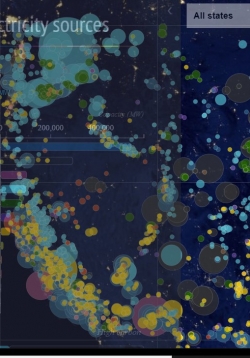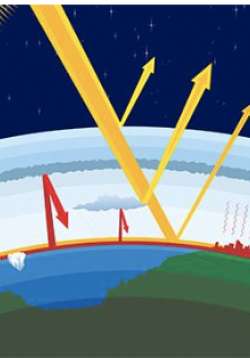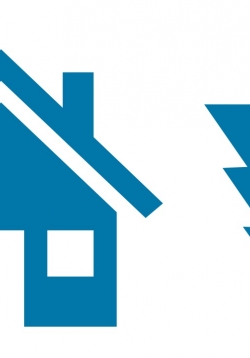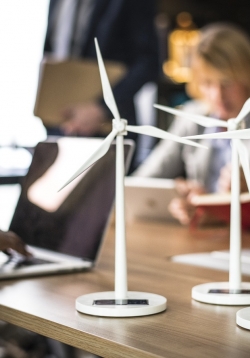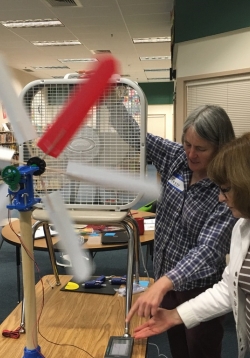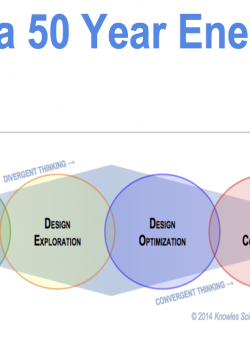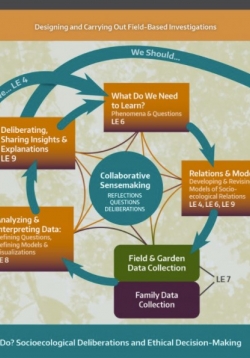
A great learning framework for place- and field-based seasonal exploration, which is an essential aspect of understanding local resources and seasonality that affects energy generation sources and usage. Includes curricular materials in English and Spanish, and materials and family materials and activities as well.

